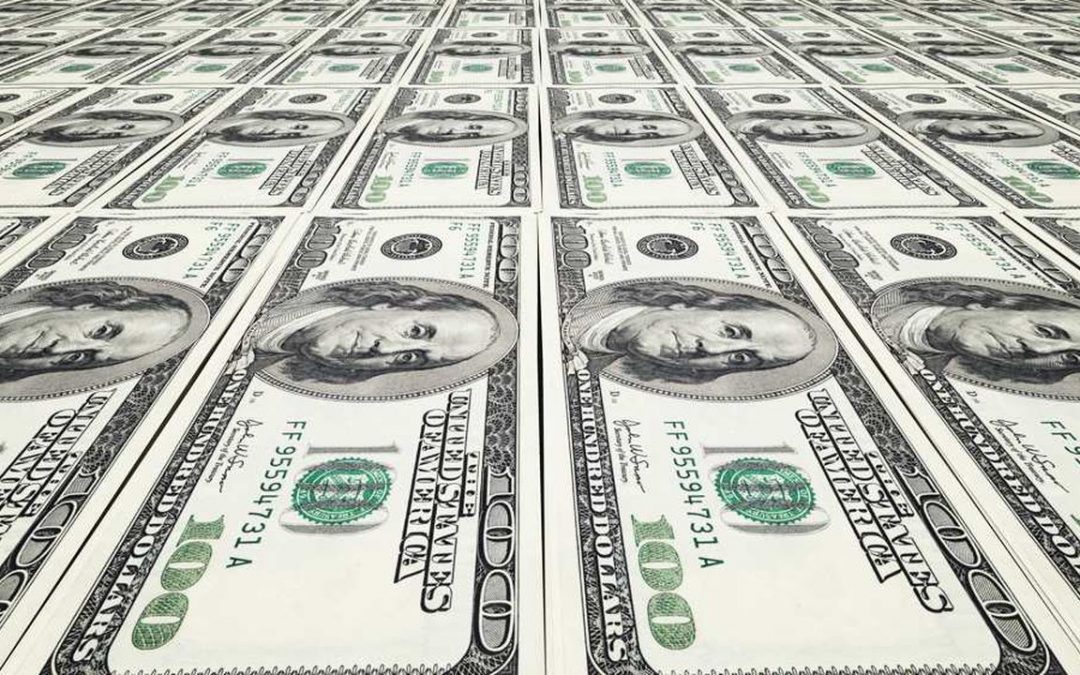In the first half of 2025, the US dollar index plunged more than 10 %, marking its steepest decline since the early 1970s. Underpinning this drop are growing concerns over the independence of the Federal Reserve amid political pressure, sustained large fiscal deficits, and uncertainties tied to pending tax legislation.
As of July 2, 2025, the dollar hit a roughly 3½‑year nadir against major currencies. Analysts note that this weakness renders dollar‑priced assets – like oil – relatively cheaper, reinforcing foreign demand.
Implications:
- Exports from the US benefit from increased competitiveness in global markets.
- Emerging market currencies and gold have appreciated; gold has surged beyond $3,300/oz.
- Global efforts toward de‑dollarisation intensify, with nations – including Saudi Arabia – seeking trade in national currencies.
Saudi Arabia Scales Up Oil Outreach
In June, Saudi Arabia ramped up its crude shipments by an estimated 450,000 bpd – a yearly high – paving the way for nearly 7.5 million bpd in July.
OPEC+ production increases scheduled for July – amounting to an additional 411,000 bpd – will further expand supply. To secure Asian markets amid abundant output, the kingdom is expected to reduce July official selling prices to six‑month lows.
Strategic Angle:
This move seeks to capture market share and counter weakening oil benchmarks. The IMF recently raised Saudi Arabia’s GDP growth projection to 3.5 % for 2025, attributing it partly to this production pivot (non‑oil growth is expected to remain around 3.4 %).
Despite lower per‑barrel revenue – recent April oil export proceeds were the weakest in four years at $16.5 billion – the broader economic plan, Saudi Vision 2030, gains traction through robust domestic spending and infrastructure expansion.
RM & F Forecast for This Week & July
| Trend | Projection |
| Dollar | Continuation of downward trajectory, particularly if US political volatility persists and Fed clarity remains elusive. Watch for July non‑farm payroll data and ISM readings. |
| Oil | Prices constrained near $67 – 68/barrel as OPEC+ output increases are weighed down by dollar weakness and demand caution. |
| Saudi Strategy | Export intensification through sustained high volumes and competitive pricing in Asia; supports IMF’s positive growth revision . |
| Global Trade & Currency Shift | Persistent dollar softening bolsters calls for trade in alternative currencies. De‑dollarisation momentum extends, reinforcing export forgings between Saudi Arabia and BRICS nations. |
Summary
This week, markets witness a recurring story: the US dollar weakened by more than 10 % in H1 2025, reaching multi‑year lows as global investors reassess US fiscal and monetary trajectories. This trend underpins elevated oil demand for dollar stamps and supports Saudi Arabia’s strategic expansion of crude exports and pricing concessions in key markets like Asia.
Together, these forces reflect a shifting global landscape: currency realignments, energy market evolution, and strategic repositioning of key players. Investors should monitor upcoming US data (non‑farm payrolls, ISM) and OPEC+ developments to gauge the durability of these trends.
Sources: Reuters, IMF, Barron’s, Business Insider, Politico Pro / E&E News, IRIS France
Important Disclaimer: The content of this article is provided for informational and educational purposes only. It reflects the author’s opinion based on information available at the time of publication, which may become outdated. This content does not constitute personalized investment advice, a recommendation to buy or sell, and does not guarantee future performance. Markets carry a risk of capital loss. The investor is solely responsible for their decisions and should consult an independent professional advisor before any transaction. The publisher disclaims all liability for decisions made based on this information.

